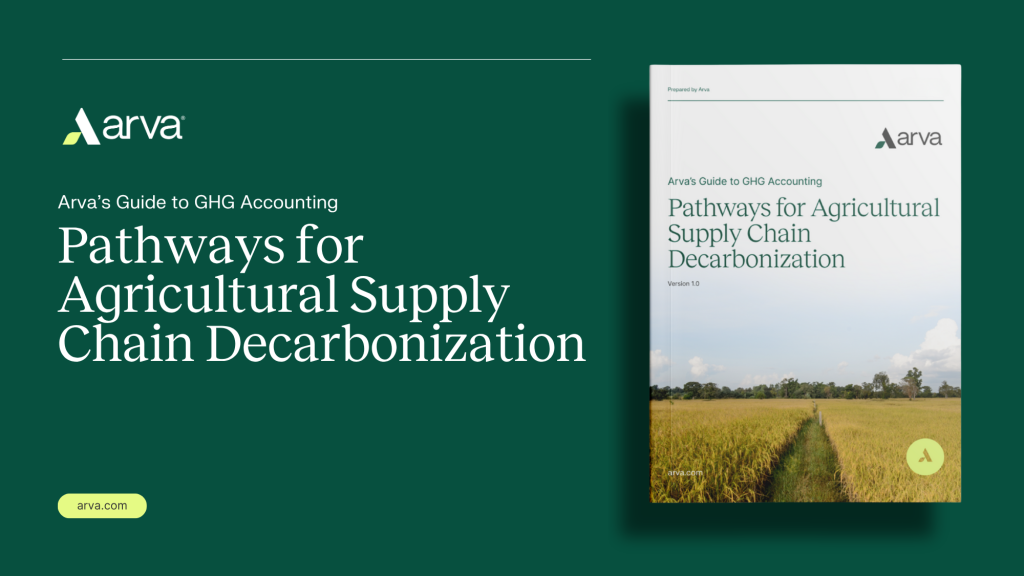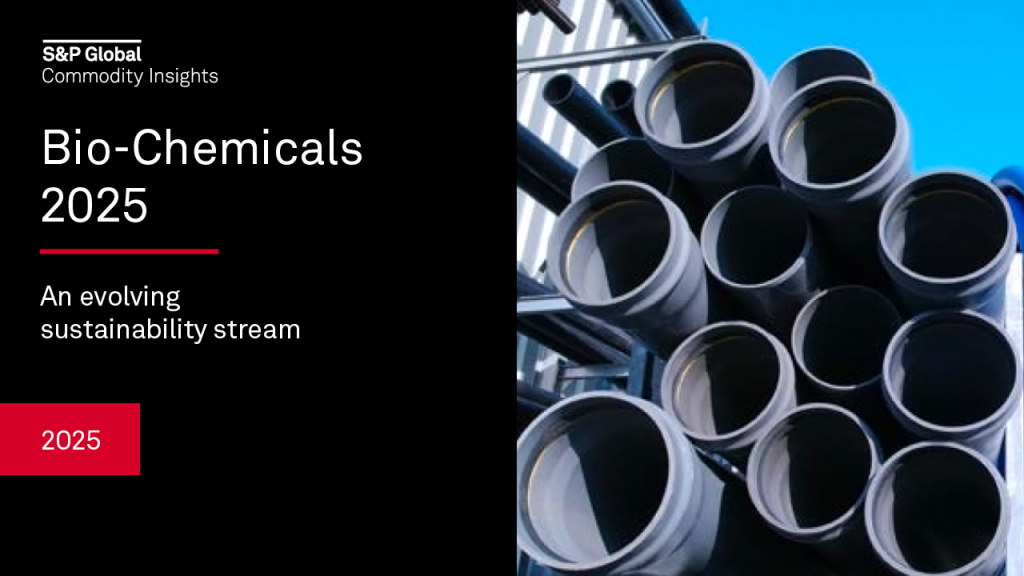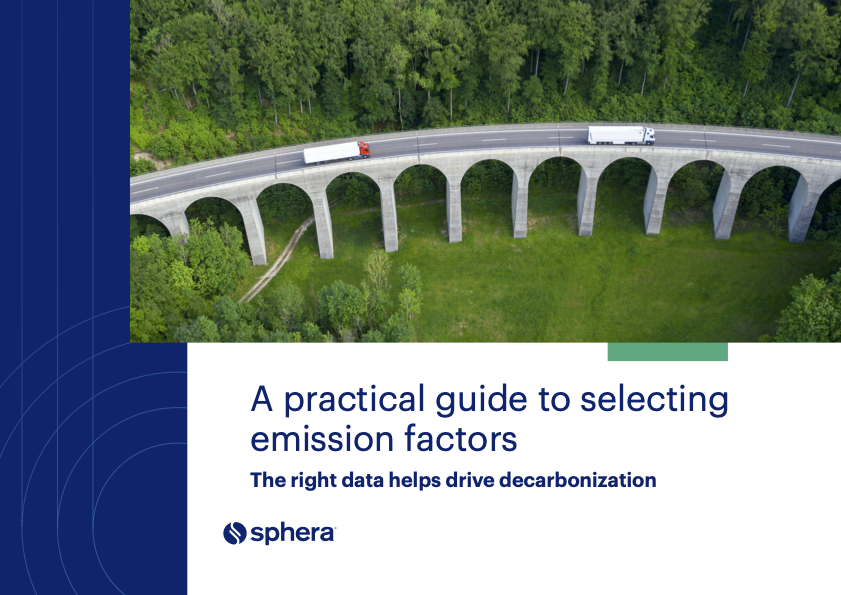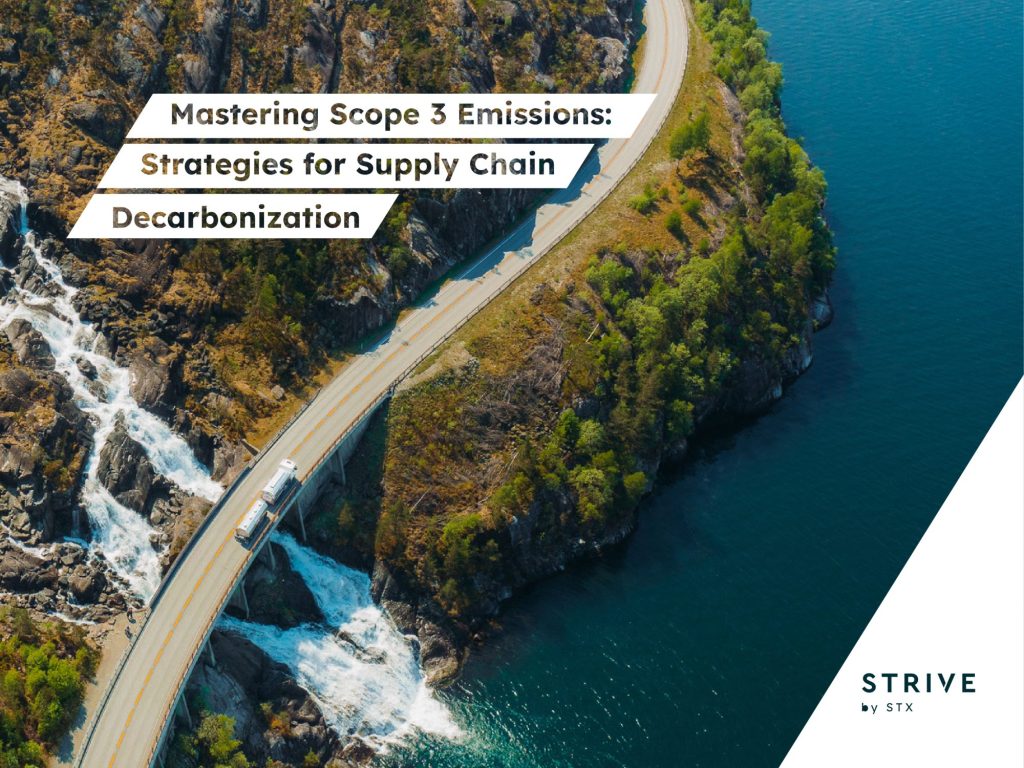Spotify-backed fund backs emerging carbon removal approaches
The Climate Transformation Fund makes catalytic purchases to help scale innovative removal solutions. Read More

-
- The fund makes relatively small credit buys — $4 million in this round — but backs techniques worth watching.
-
- Purchasing biochar credits can provide smallholder farmers with an additional revenue stream.
-
- New direct air capture techniques promise to use dramatically less energy, helping lower costs.
For clues to where the carbon removals market is headed, keep an eye on the annual selection made by Milkywire, a Swedish company that helps businesses meet climate and nature commitments. Because the investments are designed to be catalytic, the focus is on emerging companies and approaches that show the biggest potential.
This year, Milkywire purchased removals from 15 young companies through its Climate Transformation Fund, backed by Spotify and others. Together, the startups should receive $4 million this year. Here are some themes from that cohort.
Biochar in developing countries
Biochar, a fertilizer produced from biomass, is one of the breakthrough removals approaches of recent years. Bolivia-based company Exomad Green, for instance, has contracted for 1.7 million tons of biochar removal credits since 2023, according to CDR.fyi, a source of data on the carbon removals market. The feedstock in this case is forestry residues produced by Exomad, its parent company.
By contrast, three of the four biochar companies backed by Milkywire take more decentralized approaches. WasteX, which operates in India and Indonesia, sells a modular small-scale unit that farmers can purchase to create biochar from crop residues. Two other companies focus on smallholders: a collaboration between Planboo and Carboneers that works in Ghana, and Releaf Earth, which helps farmers in Nigeria generate biochar from disused nut shells.
The projects stood out in part because of the co-benefits they provide, said Robert Höglund, head of climate strategy and carbon dioxide removal at Milkywire. “These products often contribute to farmer incomes,” he explained. “Either they get paid for biomass or biochar they produce themselves, or they can increase their incomes through increased crop yields.”
Lower cost direct air capture
Direct air capture (DAC) has significant advantages over some rival removal techniques: It’s relatively easy to measure the CO2 captured and, if geological storage is used, buyers can be confident that the sequestered carbon stays put.
Yet prices of $500 per ton or more mean that DAC remains a small part of the overall removals market. Microsoft’s purchases of “durable” removals, typically defined as methods that store carbon for hundreds or thousands of years, dwarf that of any other company. According to CDR.fyi, the tech giant’s DAC buys make up just 4 percent of its total, as measured by tons contracted for.
Several startups in Milkywire’s new cohort aim to change that. Arbon, a U.S. startup, is one of several companies competing to develop DAC systems in which changes in humidity help drive the uptake and release of CO2. The approach promises big energy savings, which would help bring down costs. Conventional DAC techniques use 4 gigajoules or more of energy to capture a ton of CO2; Arbon said its system currently requires 1.35 GJ per ton and that it’s targeting around 1 GJ.
Two other startups in the cohort are also experimenting with innovative ways to reduce energy use. NeoCarbon, based in Germany, uses low-grade industrial heat to drive the capture process and France-based Norma has developed a system for recovering and reusing the energy required.
Next-gen measurement, reporting and verification
Carbon markets are still recovering from a wave of criticism centered on projects that failed to deliver promised reductions or removals of CO2. And small-scale projects in emerging countries are inherently difficult to monitor, raising the risks associated with some companies backed by Milkywire.
Digital methods for tracking the removal process may help, said Höglund. At Planboo, for example, the team has developed a system for monitoring metrics that include temperature and burn time in kilns used to turn biomass into biochar. Producers are also required to upload photographic evidence of the biomass that is loaded into the kilns and of biochar being used as fertilizer. “I wouldn’t say it’s 100 percent bulletproof, perhaps, but they’re getting there,” said Höglund.

Subscribe to Trellis Briefing
Featured Reports
















